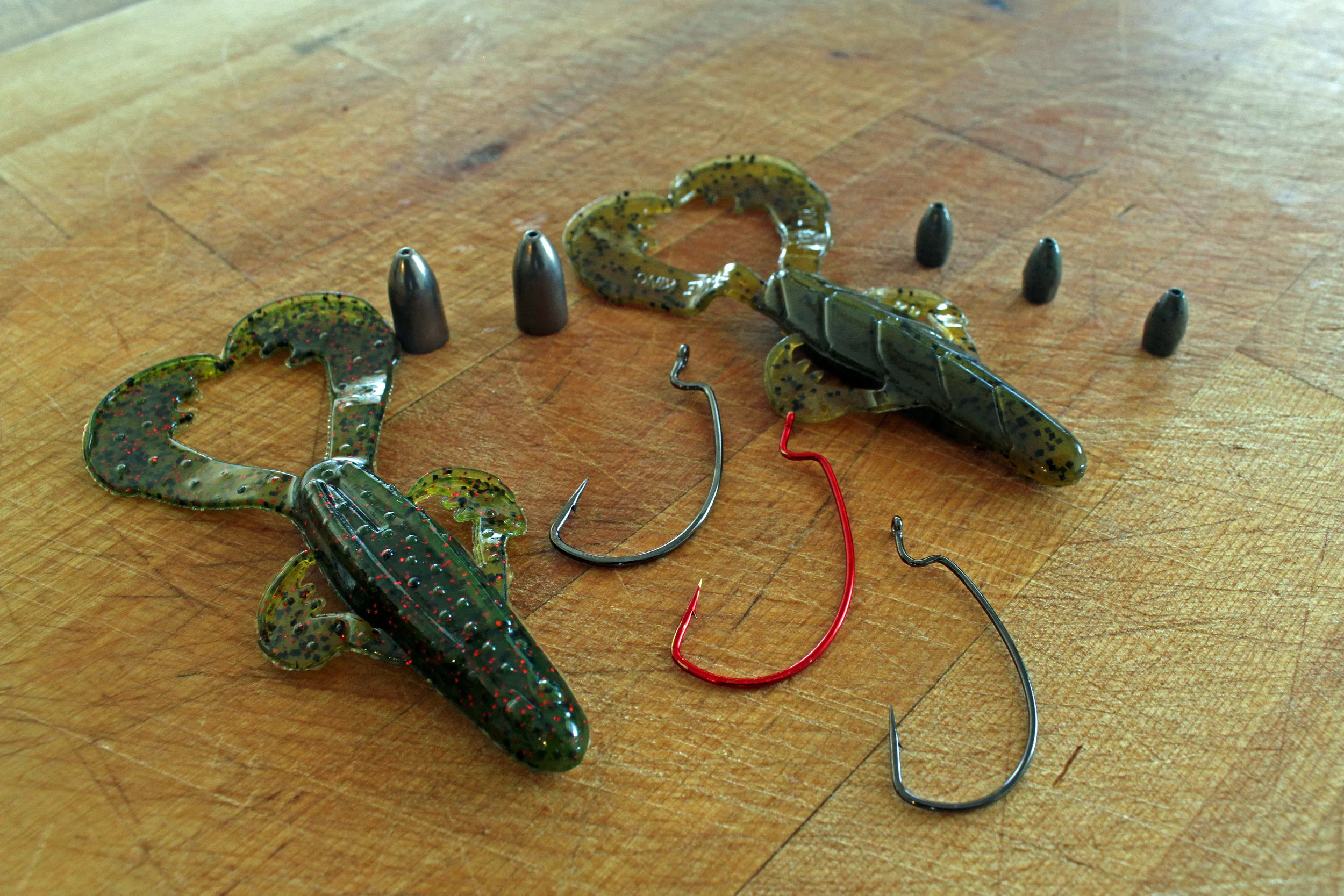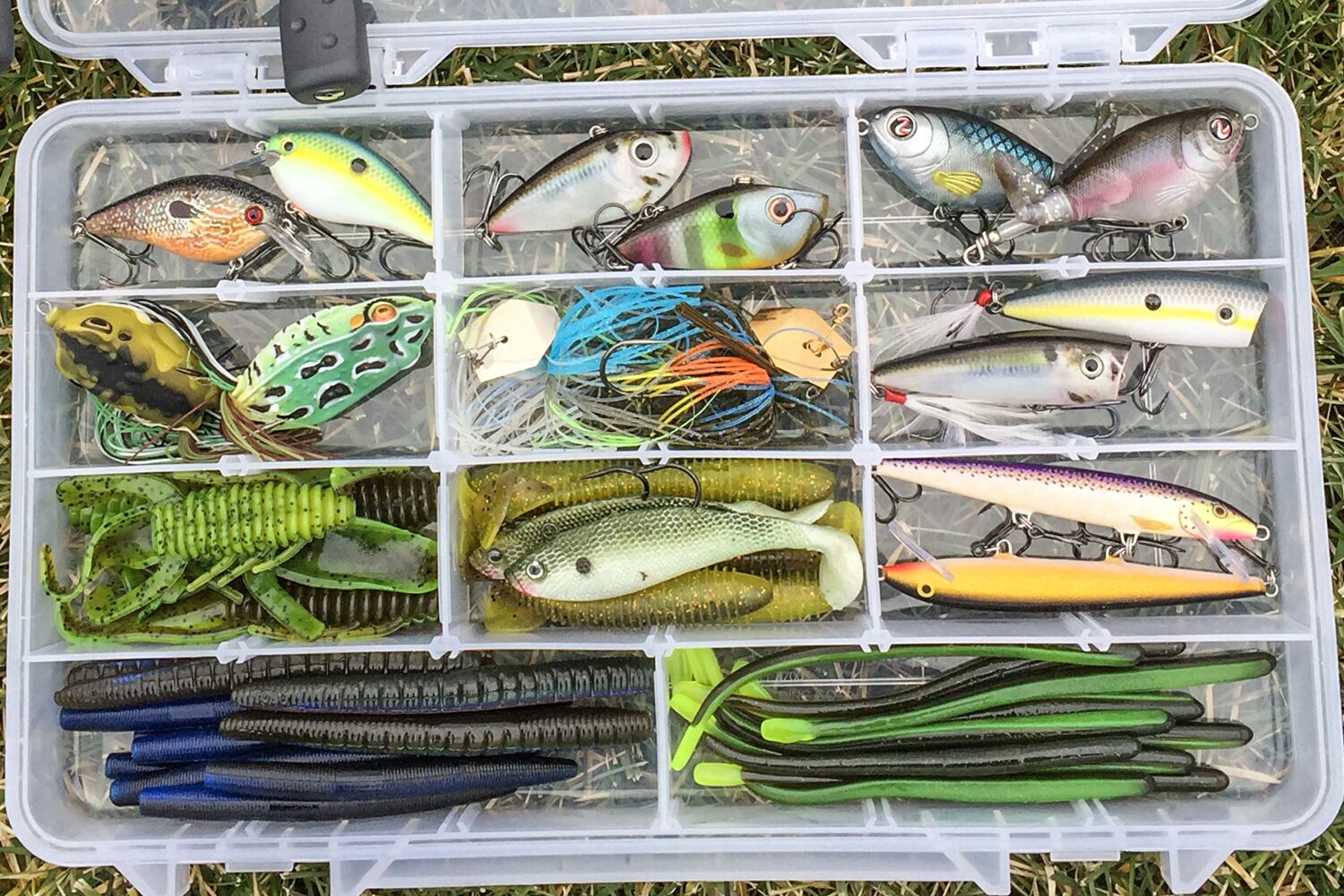The Complete Checklist for Buying Bass Lures Online
Explore the Tricks Behind Efficient Bass Lures to Improve Your Fishing Experience
Comprehending the complexities of bass Lures can significantly influence fishing success. Different Lures offer unique functions, from crankbaits made for large coverage to jigs that target details frameworks. The performance of these Lures often pivots on factors such as color, activity, and seasonal patterns. By mastering these components, fishermens can unlock a much more gratifying experience. Yet, the question continues to be: which strategies will yield the very best outcomes on the water?
Comprehending Bass Actions and Habitat
Recognizing the habits and habitat of bass is important for fishermens looking for success on the water. Bass are functional fish found in different freshwater settings, consisting of fish ponds, rivers, and lakes. They have a tendency to like areas with structure, such as submerged rocks, dropped trees, and aquatic greenery, which give shelter and searching grounds.
Seasonal patterns considerably affect their actions; in warmer months, bass usually live in superficial waters, while they pull away to deeper locations during colder periods. Bass Fishing Lures. Their feeding routines are opportunistic, with a diet being composed mainly of smaller fish, bugs, and shellfishes
Time of day additionally contributes; bass are extra energetic during late nights and early mornings. Weather condition problems can influence their behavior as well, as cloudy days may encourage superficial feeding, whereas intense sunshine often drives them to seek cover. Identifying these patterns equips fishermens with the expertise needed for efficient angling strategies.
Kinds Of Bass Lures and Their Uses
A range of bass Lures are important devices for anglers intending to attract this prominent video game fish. These Lures can be categorized into numerous types, each offering distinct objectives. Crankbaits, designed to simulate the swimming action of baitfish, work for covering huge areas swiftly. Spinnerbaits, including revolving blades, produce vibrations and flashes that can tempt bass hiding in cover. Jigs, with their hefty heads and weedless style, are perfect for bottom angling, allowing fishermens to existing bait near frameworks where bass frequently prowl. Soft plastics, such as worms and creature baits, use versatility and can be rigged in numerous means to adjust to varying problems. Topwater appeals, like frogs and poppers, are best utilized during low-light hours when bass are proactively feeding upon the surface. Each sort of attraction plays a crucial duty in boosting fishing experiences and boosting the probability of successful catches.

Design and color: What Draws In Bass?
What variables affect bass destination to certain attraction shades and layouts? The interplay of light, water clearness, and the natural surroundings plays an essential role. Brilliant shades, such as chartreuse and orange, can capture a bass's eye in dirty waters, while a lot more restrained tones like blues and greens might stand out in clear conditions.
Design elements, consisting of form and activity, also dramatically effect bass attraction. Lures that mimic all-natural victim, such as baitfish or crawfish, are especially effective. In addition, the existence of reasonable details, like scales or fins, enhances the natural appearance, further tempting bass.
Psychological variables, such as a bass's feeding practices and territorial reactions, have to not be neglected. In particular situations, vibrant designs can prompt a reaction from hostile bass, while refined variants can appeal to extra careful fish. Ultimately, comprehending design and color nuances is necessary for optimizing lure performance.
Matching Lures to Water Conditions
Picking the right appeal entails more than just design and color; water conditions play a significant role in identifying the most reliable choices. Aspects such as water clearness, temperature level, and depth straight influence bass actions and their feeding patterns. In clear water, all-natural colors and subtle discussions often tend to be more efficient, while dirty problems might ask for brighter, much more vivid Lures that can stand out.
Temperature also influences bass activity; during warmer months, faster-moving Lures can elicit strikes, whereas cooler temperatures may call for slower, much more calculated presentations. Furthermore, much deeper waters commonly demand larger Lures that can get to the desired deepness, while superficial locations are better suited for lighter, surface-oriented options.
Methods for Effective Lure Presentation
Understanding the techniques for reliable appeal presentation can significantly improve angling success. Anglers ought to concentrate on the rate and rhythm of their retrieves, adjusting them to resemble the all-natural motion of prey. A stable obtain jobs well for numerous lures, however including stops can cause strikes from extra careful fish. Additionally, varying the depth of the attraction is essential; utilizing various spreading angles and link changing the reel can assist target fish at numerous midsts.
Using a mix of finesse presentations, such as twitching or dragging the appeal throughout the base, can likewise work. It is vital for anglers to review the water and change their strategies based upon visibility and framework. In addition, providing Lures near cover, like immersed rocks or greenery, often generates far better outcomes, as bass have a tendency to look for sanctuary. Eventually, experimenting with various techniques will cause a more fulfilling fishing experience.
Seasonal Factors To Consider for Lure Option
Seasonal changes significantly affect bass behavior and lure performance. As water temperatures change, fishermens should readjust their lure selections to align with pre-spawning and post-spawn conditions. Understanding these seasonal patterns can enhance angling success by targeting bass at their most energetic times.
Seasonal Water Temperature Level Effects
As water temperature levels fluctuate throughout the year, bass habits and feeding patterns transform, influencing the efficiency of different lures. Throughout cooler months, bass have a tendency to end up being lethargic, favoring slow-moving Lures that imitate struggling target. In contrast, as temperature levels climb in spring, bass become much more active, making faster, extra hostile Lures effective. Mid-summer sees bass seeking deeper, cooler waters, necessitating making use of Lures that can get to these depths. As temperatures begin to decrease in fall, bass frequently feed heavily in prep work for winter, making flexible Lures that can copy a range of forage kinds especially effective. Recognizing these seasonal temperature impacts permits fishermens to choose ideal Lures that align with bass behavior, maximizing their angling success.
Pre-Spawning Draw Choices
What aspects affect the option of Lures during the pre-spawning period for bass? Anglers need to take into consideration water temperature, climate condition, and the bass's feeding habits. As temperatures rise and days lengthen, bass come to be extra hostile and energetic, triggering a shift in their feeding patterns. Throughout this time, tempts that resemble the all-natural victim of bass-- such as shad or bluegill-- are especially effective. Popular selections include spinnerbaits, lipless crankbaits, and jigs, which can be fished at various depths. Additionally, fishermens must concentrate on areas with cover, such as submerged greenery or rough frameworks, as these places often bring in pre-spawn bass. Best Bass Lures South Africa. Recognizing these factors can dramatically improve the chances of an effective fishing journey during this vital seasonal stage
Post-Spawn Techniques Adjustments
Post-spawn bass display various habits than throughout the pre-spawn phase, reliable lure option stays crucial for fishermens intending to target them effectively. After generating, bass typically become inactive and look for deeper waters, making it vital to adjust appeal choices as necessary. Anglers ought to consider using slower-moving baits, such as jigs or soft plastics, which can tempt bass that are less aggressive. Crankbaits with a subtle activity can additionally be effective, enabling for a slower discussion that mimics the all-natural post-spawn forage. Additionally, fishing near structure, such as immersed plant life or rocks, can increase possibilities of success. By understanding these seasonal modifications, anglers can improve their angling experience and boost their catch rates during the post-spawn period.
Often Asked Inquiries
How Do I Select the Right Rod for Bass Angling?
To pick the right pole for bass angling, one ought to consider the rod's power, size, and activity. A tool to medium-heavy pole, around 6 to 7 feet, is usually optimal for convenience and control.

What Is the Ideal Time of Day to Catch Bass?
The most effective time of day to catch bass is usually morning and late afternoon. During these durations, bass are more active, feeding near the surface area, making them much easier targets for fishermens using reliable lures.
Exactly How Do Climate Condition Affect Bass Angling Success?
Weather dramatically influence bass fishing success. Warmer temperatures and overcast skies usually Related Site motivate bass activity, while cold spells can trigger read what he said sleepiness. Rainfall can additionally enhance feeding habits, making it crucial for fishermens to adapt their techniques accordingly.
Can I Utilize Lures for Other Fish Types?
Yes, entices developed for bass can likewise be efficient for various other fish types. Nevertheless, choosing the proper size, shade, and activity according to the target types and their feeding routines stays critical for success.
What Prevail Mistakes When Utilizing Bass Lures?
Usual blunders when utilizing bass Lures include picking improper sizes or shades, retrieving too quickly, failing to adjust to weather, and not taking into consideration water depth. These errors can significantly lower the possibilities of a successful catch.
As water temperature levels change throughout the year, bass behavior and feeding patterns transform, influencing the efficiency of various appeals. Mid-summer sees bass seeking much deeper, cooler waters, demanding the use of Lures that can get to these midsts. Post-spawn bass exhibit different behaviors than throughout the pre-spawn stage, reliable lure option stays vital for anglers intending to target them effectively. After spawning, bass commonly become inactive and seek much deeper waters, making it vital to adjust attraction selections accordingly. Usual errors when using bass Lures consist of selecting unacceptable sizes or shades, fetching as well promptly, stopping working to adjust to weather conditions, and not considering water deepness.